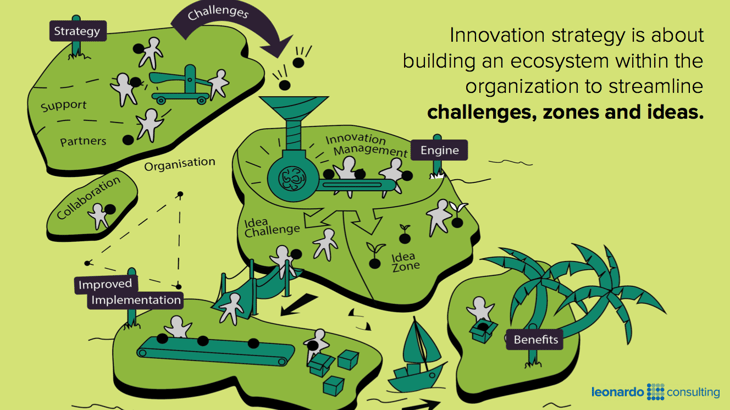
For the organization to succeed, it needs to have a structured and business-centered prioritization process to manage innovation. What happens after generating tons of ideas? The answer is you screen those ideas: they need to be chosen and prioritized based on the organization’s needs and objectives. Criteria need to be in place supporting the measurement of an idea’s importance. The following questions can guide the prioritization process:
- What is the value of the idea? How valuable is it? What is the return of investment figure? Are there any tangible benefits from the idea?
- Is the idea suitable with the organization’s strategy and current situation?
- Will stakeholders support and accept the idea?
- Is the idea feasible? Are there enough resources and time for it?
- Will the idea benefit the organization and work plausible both in short and long term?
Engaging people
Prioritizing innovation starts with your team. The people are the organization’s most valuable asset. Here are some of the benefits of engaging people in every step of the innovation process:
- People become more confident about what they are doing and act in the best interests of the organization
- There’s a higher level of productivity
- Doubles the success rate of an organization
- People see the connection between their tasks and the larger goals of the organization
- People lookout for the needs of others, the whole organization. They are generally more engaged
- Improves the quality of work and health of people
Prioritizing the innovation by following a structured approach is most important. It’ll ensure a consistent approach and reliability. Staff can then be engaged with and guided through the innovation process to ensure a successful outcome.




